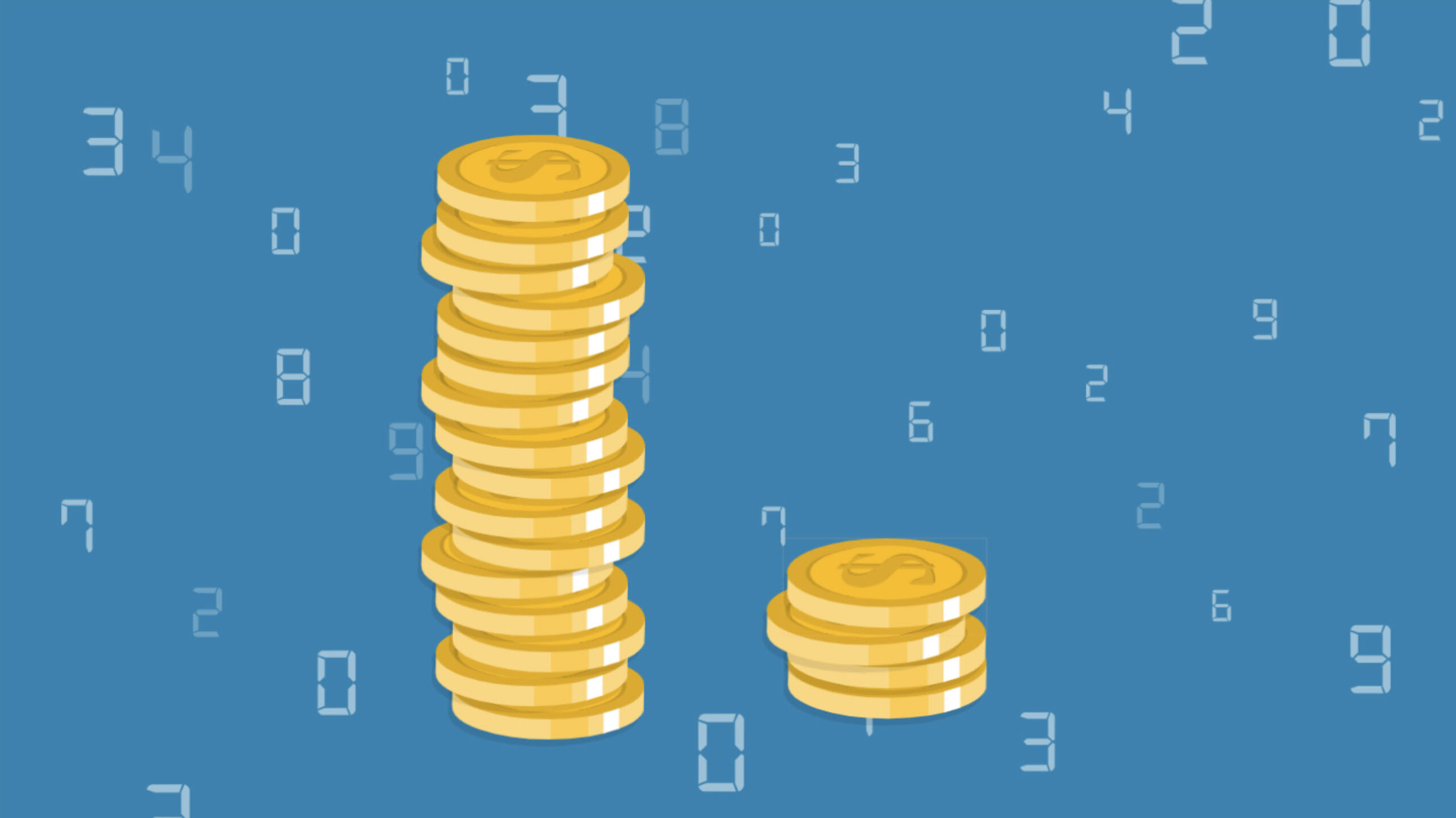Understanding Data Cloud costs is like taking a calculus class (at least for me).
As you continue to seek understanding, the answer gets more complicated.
For instance, to get a Data Cloud cost estimate, you need Salesforce’s cost grid with multipliers and an understanding of your company’s data size.
However, most companies don’t know their data size (Number of rows of data), and therefore, they struggle with estimating their Data Cloud cost.
Why is it so confusing?
Data cloud has a complex pricing structure, including data storage volume, data processing operations, usage-based credits, and optional add-on features.
Salesforce stores Data Cloud data at Amazon Web Services (AWS). To some extent, Salesforce passes Data Cloud storage costs from AWS to its customers. But Salesforce also adds additional credit multipliers where it is adding novel value.
Data Cloud cost is consumption-based
Data Cloud uses a credit system where each action within the platform consumes a certain number of credits, and you purchase credits in bulk.
The basic “Data Cloud Starter” package is typically priced at around $108,000 annually. The exact cost depends on your data volume, the complexity of data processing, and the specific features used.
My analogy for cost is eating at a buffet versus ordering off a menu.
While some Salesforce product costs are like paying for a buffet (pay one package price to use a product), Data Cloud cost is similar to ordering off a menu (pay a different price for each Data Cloud activity and pay only for what you consume).
Data Cloud cost basics
At a high level, marketers incur costs from these primary Data Cloud activities:
- Digesting (bringing data into Data Cloud)
- Unification profiles (combining matching records)
- Segmentation (using criteria to identify a group of prospects for an email send)
And, as I mentioned, your data size is a key component in cost.
Suppose Company A had to process 1 million records to get 100,000 in the segmentation, and Company B had to process 500,000 records to get 100,000 in the segmentation. In that case, Company A uses double the Data Cloud credits.
Below is a grid with more detailed information. The multiplier is the amount of credits used per 1 million processed records. For example, if you process 1,000,000 records in batch Calculated Insights, you use15 credits.

Source: Salesforce
Additional Salesforce resources are the Data Cloud Billable Usage Types and Multipliers for Data Cloud.
What are companies saying that have Data Cloud today
So where does that leave marketers?
A small company that’s just starting with Data Cloud and has simple projects consumes far fewer credits than a company with large datasets and complex projects.
As of writing this blog, I’ve seen small- to medium-sized companies using Data Cloud on core stay within the limits of the baseline (sometimes free) package. They benefit from the new Marketing Cloud on core features without incurring additional Data Cloud costs.
Otherwise, with consumption-based pricing, marketers should plan their usage so they don’t accidentally consume more credits than anticipated. For example, in Account Engagement, marketers will often leave
If your company is interested in Data Cloud, you should talk with your Salesforce Account Executive (sales person).

